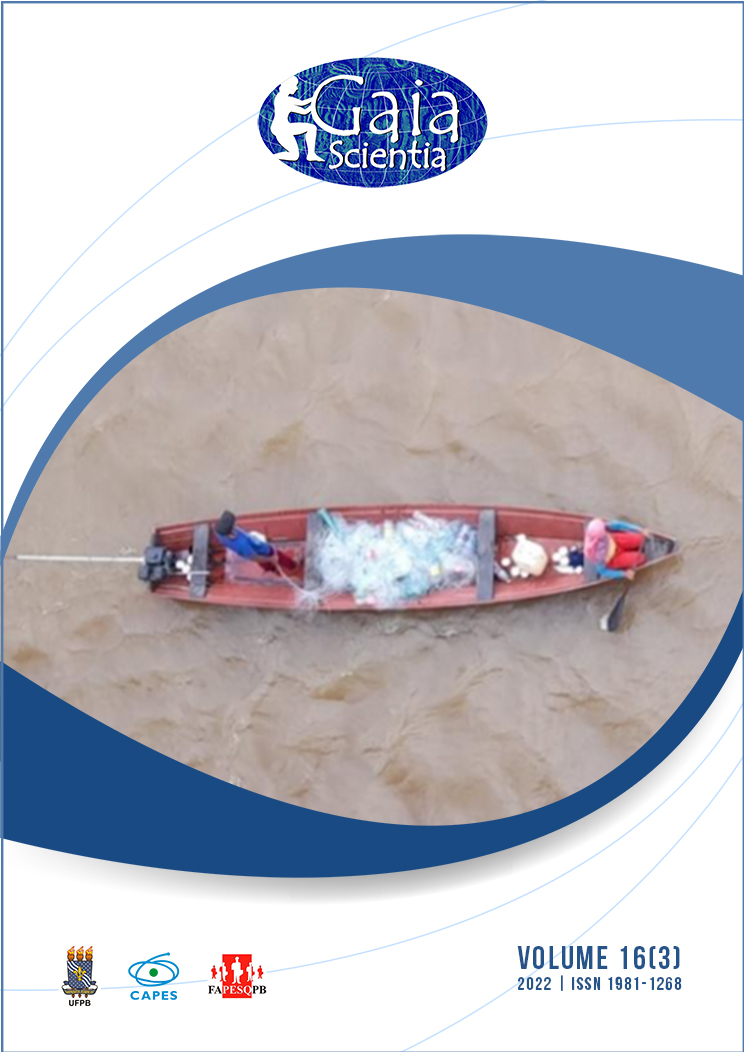Where there is fish, we’re going: the dynamics of artisanal fishing in a brazilian amazon village
DOI:
https://doi.org/10.22478/ufpb.1981-1268.2022v16n3.63469Abstract
Artisanal fishing is an important social, cultural and economic activity in the village Vista Alegre, located in Caracaraí-Roraima. The study aimed to present the sociocultural profile of artisanal fishermen and record how the dynamics of fishing occurs, considering ethnoecological aspects, cultural practices and the hydrological regime of the Rio Branco. Thirty-five semi-structured interviews and participant observation were carried out. The interviewed fishermen are “Amazônidas”, have low education and revealed the centrality of artisanal fishing in their lives. Fishing occurs according to the hydrological regime of the Rio Branco and is organized in 3 periods: Dry season, when the fishermen need to travel approximately 100 km to other fishing locations and catch mainly Matrinxã, Aracu, Pacu, Surubim, and Jandiá; Piracema season, reproductive period, when fishing for commercial purposes is forbidden; Flood season, a time of abundance in the village, when fishing occurs in its surroundings, with Mamurí is the main Ethnospecies caught. Mesh, longline, and hand line are the main tools used. Changes in rainfall affect the volume of the Rio Branco, the fish, and fishing locations, that is, the whole fishing dynamic and the organization of the fishermen’s way of life in the village of Vista Alegre.










